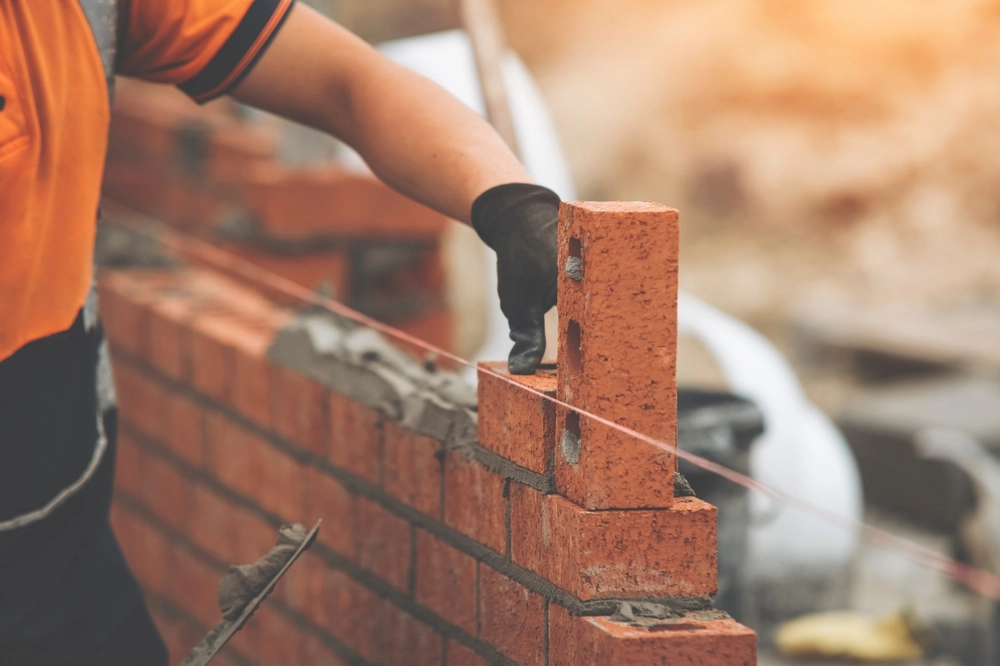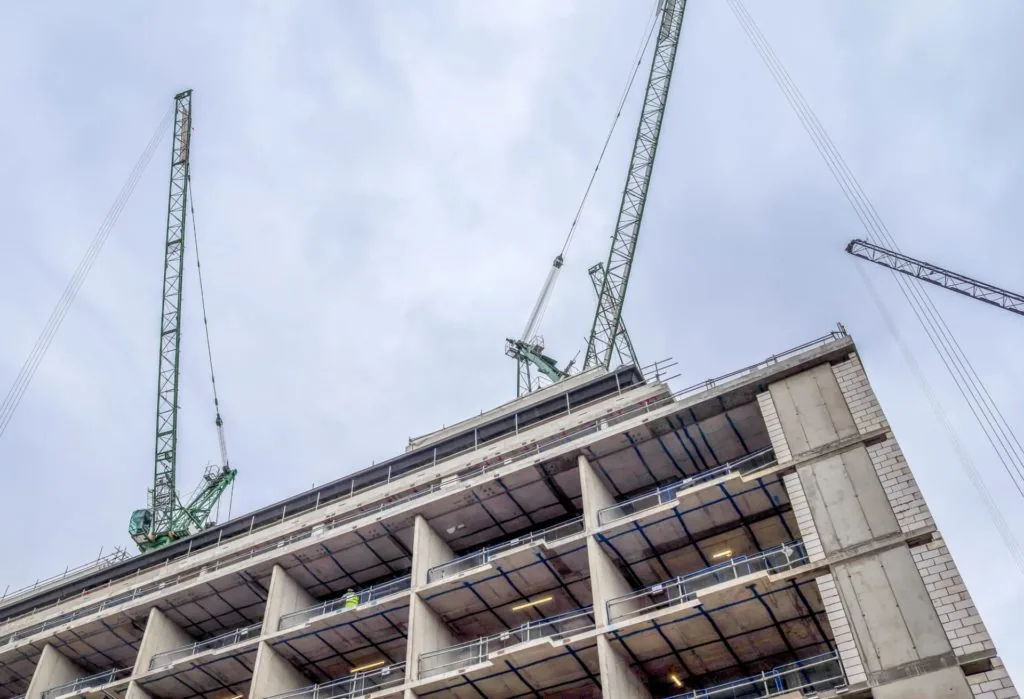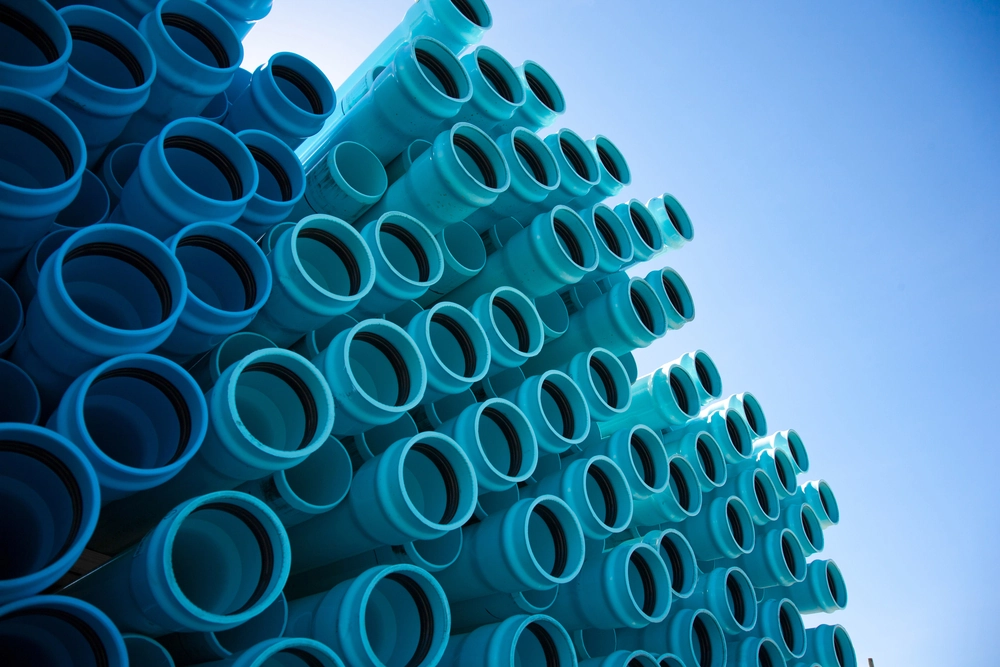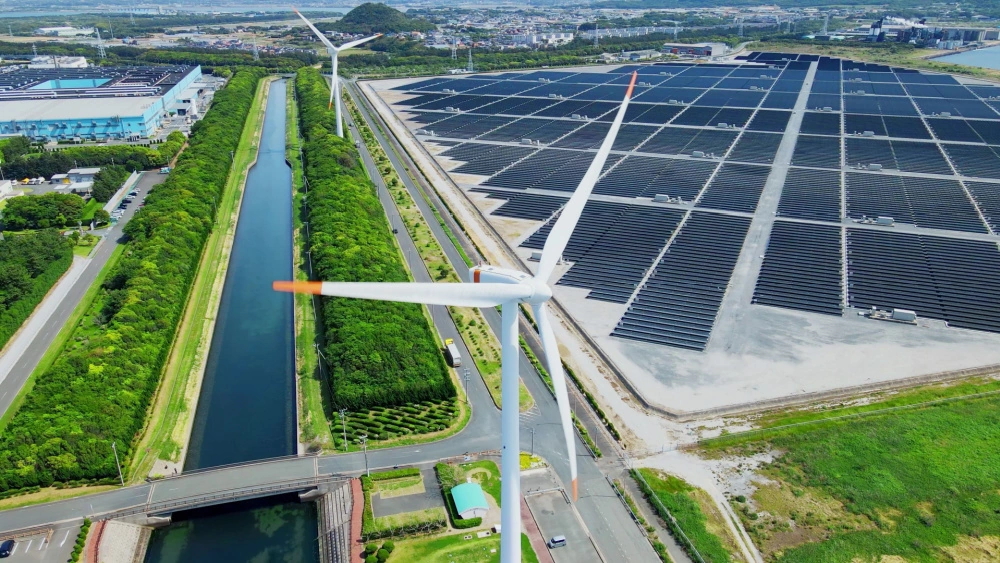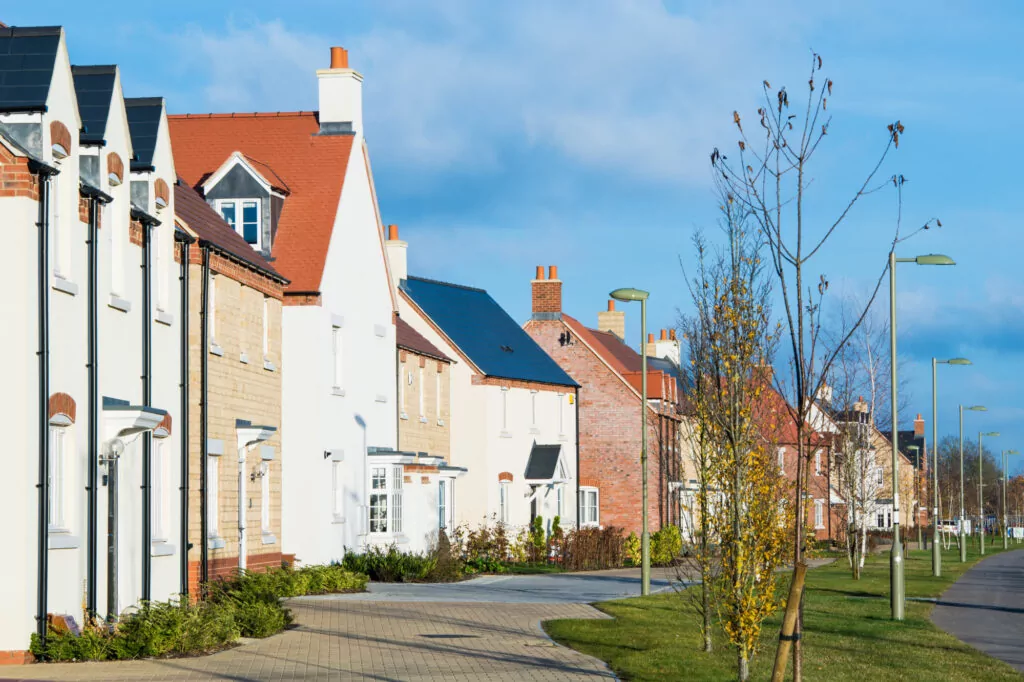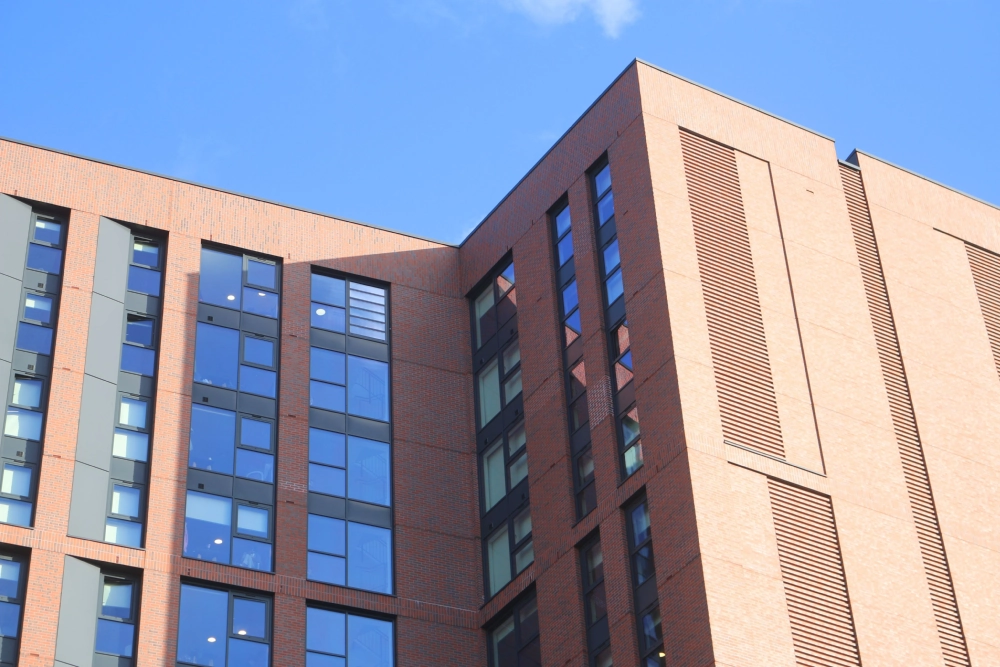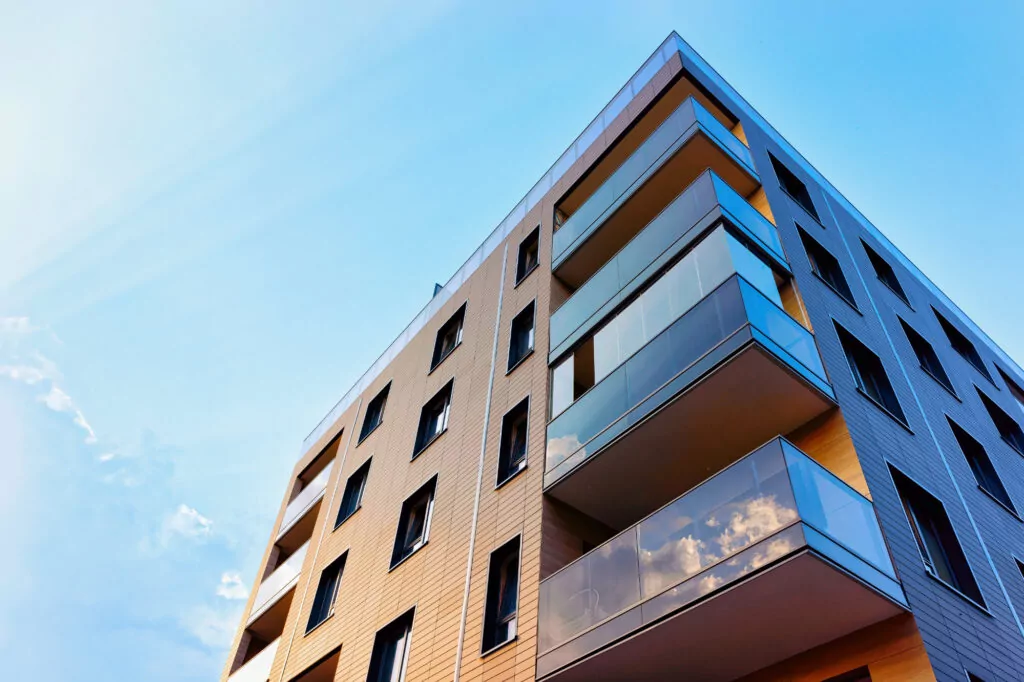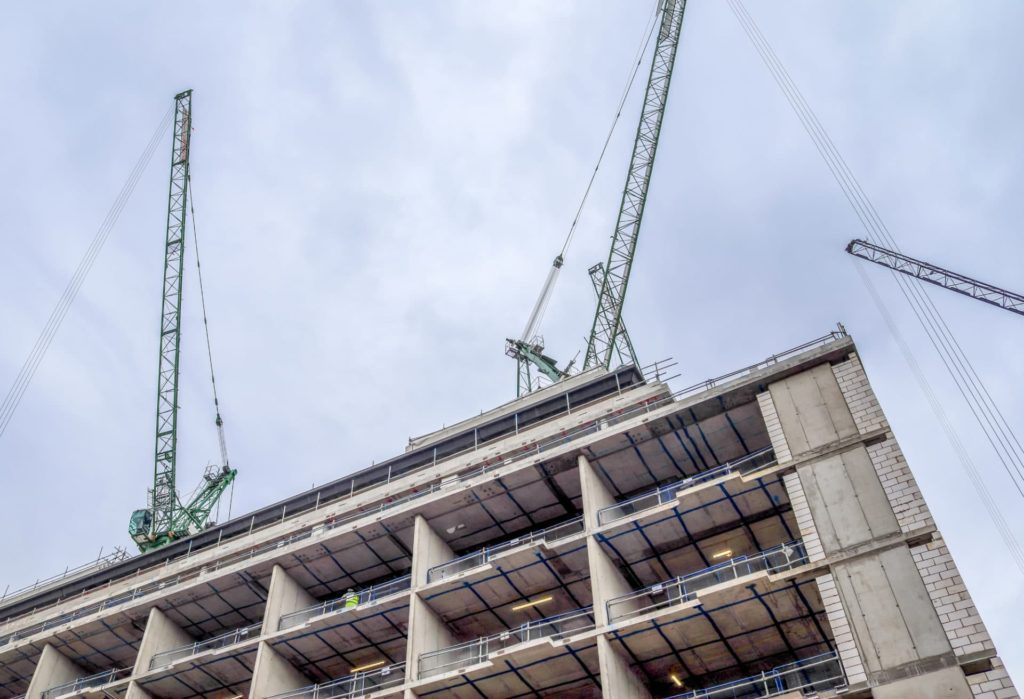
January 2020 saw the introduction of two new government consultations. The first, which closed last week considered "Fire Safety: Risk Prioritisation in Existing Buildings". This consultation reviewed the ways in which building risk can be assessed so that an appropriate level of safety is achieved in existing buildings.
A couple of years ago in December 2018, amendments were made to the Building Regulations 2010 which restricted the use of combustible materials in an external wall. This applied to the erection of new buildings with a storey of at least 18 metres that contain one or more dwellings etc. The second new consultation now asks among other things whether the ban should be extended to cover hotels, hostels and boarding houses, and whether the height threshold of the ban should be reduced to at least 11 metres. This consultation is yet to close and has an end date of 13 April 2020.
Both these consultations will very likely feed into the Government's upcoming Fire Safety Bill which will clarify the Regulatory Reform (Fire Safety) Order 2005 – "the Fire Safety Order". This will require residential building owners to fully consider and mitigate risks of any external wall systems, with an easier enforcement regime.
There is no doubt that the Government is ratcheting up the pace of reform in this area - the Housing Secretary Robert Jenrick indicated in January that a new regulator will now also sit within the Health and Safety Executive and will be at the heart of the new fire safety regime.
With all that is going on, the situation is far from clear for key stakeholders who own, invest in or inhabit existing buildings, or those with an interest in ongoing construction projects and refurbishments that will be caught by the changes above.
For existing buildings the fire risk assessment consultation could see increased repairs and maintenance costs for landlords (which is already on the increase for social landlords), with potential implications for tenants via service charge provisions, or for contractors through contractual routes (where clients wish to take legal action for alleged defective cladding, for example).
Tenants purchasing (or re-mortgaging) a unit in a building may also wish to engage with their surveyor and bank well in advance to ascertain any mortgage related pre-requisites that attach to external wall related/other fire safety requirements.
It would also be prudent for clients undertaking projects or refurbishments to engage with their project teams earlier on, to ascertain the best course of action in the design and construction of their projects. Early engagement will also allow clients to explore the possibilities of incorporating or adopting modern methods of construction which can have significant benefits in respect of adopting risk mitigation strategies, standardisation of use of products across projects. Latent defects insurers such as NHBC or Premier Guarantee have processes in place to accept or review MMC systems. Use of such pre-approved systems can but facilitate easier sign off of projects, instead of clients languishing in the risk of the project not being signed off or funded.
Jenrick added that he would consult on extending the ban on combustible materials to buildings below 18m high and would seek views on risk assessments for existing buildings to steer policy in the future. It was also considering lowering the height threshold from 18m to 11m, Jenrick said. He also said that the government would be naming and shaming owners of apartment blocks who refuse to remove dangerous combustible cladding from next month. Speaking to MPs, the housing secretary said he was committed to bringing about what he labelled “the biggest change in building safety for a generation”.
For legal assistance related to projects, infrastructure and construction, contact us today.



